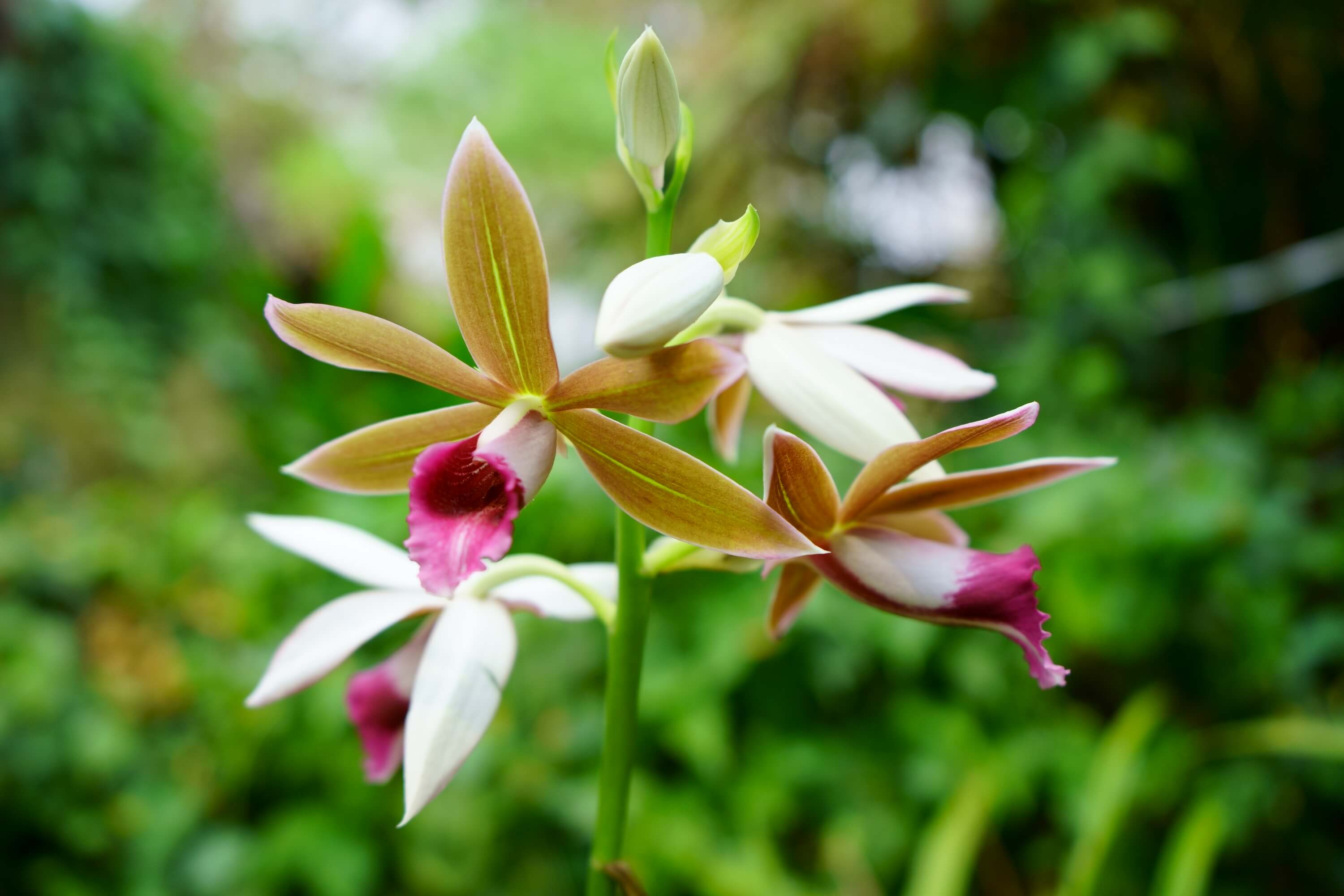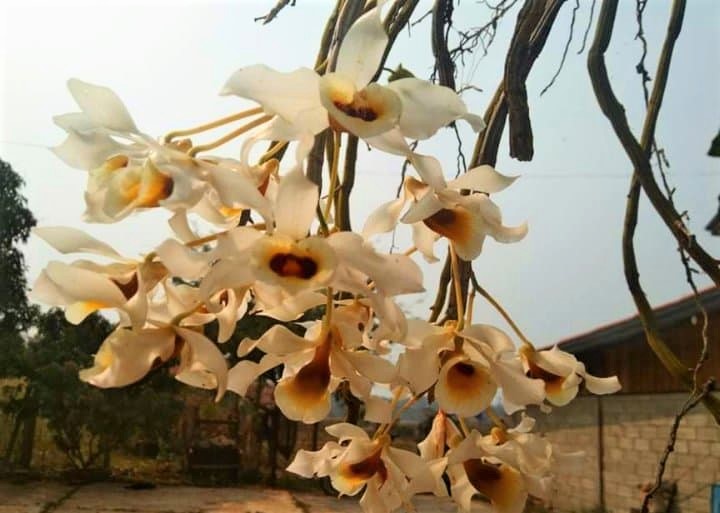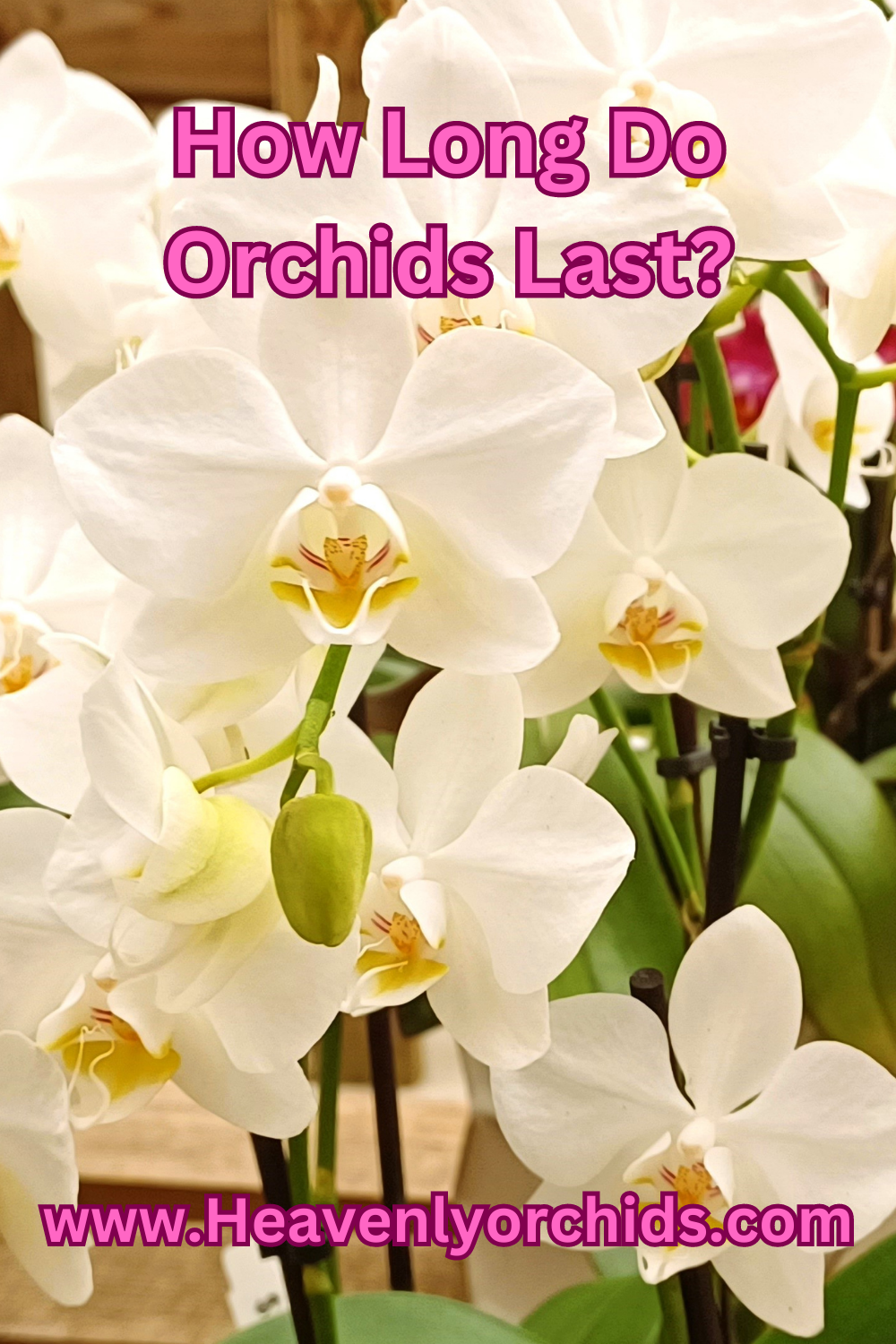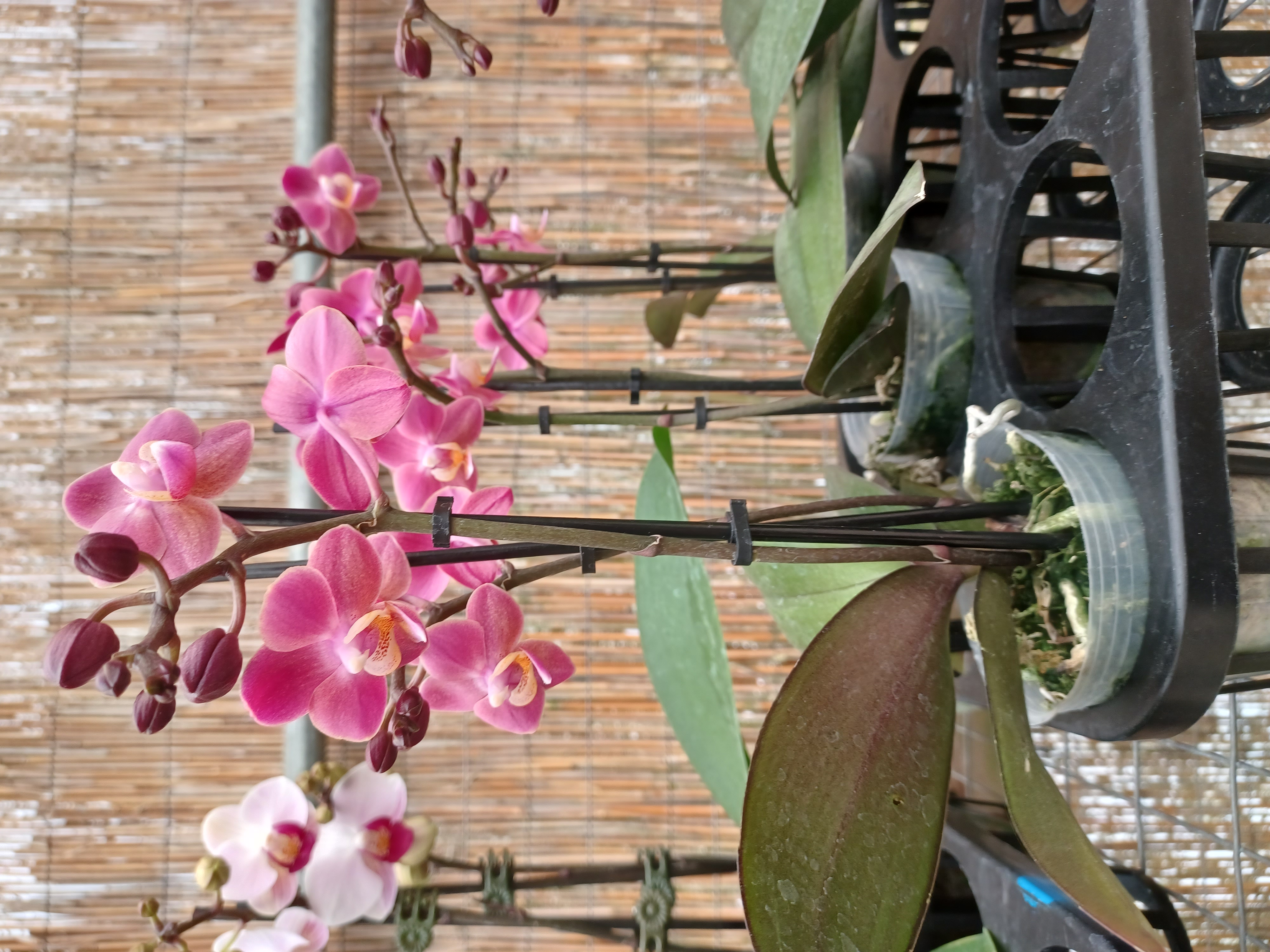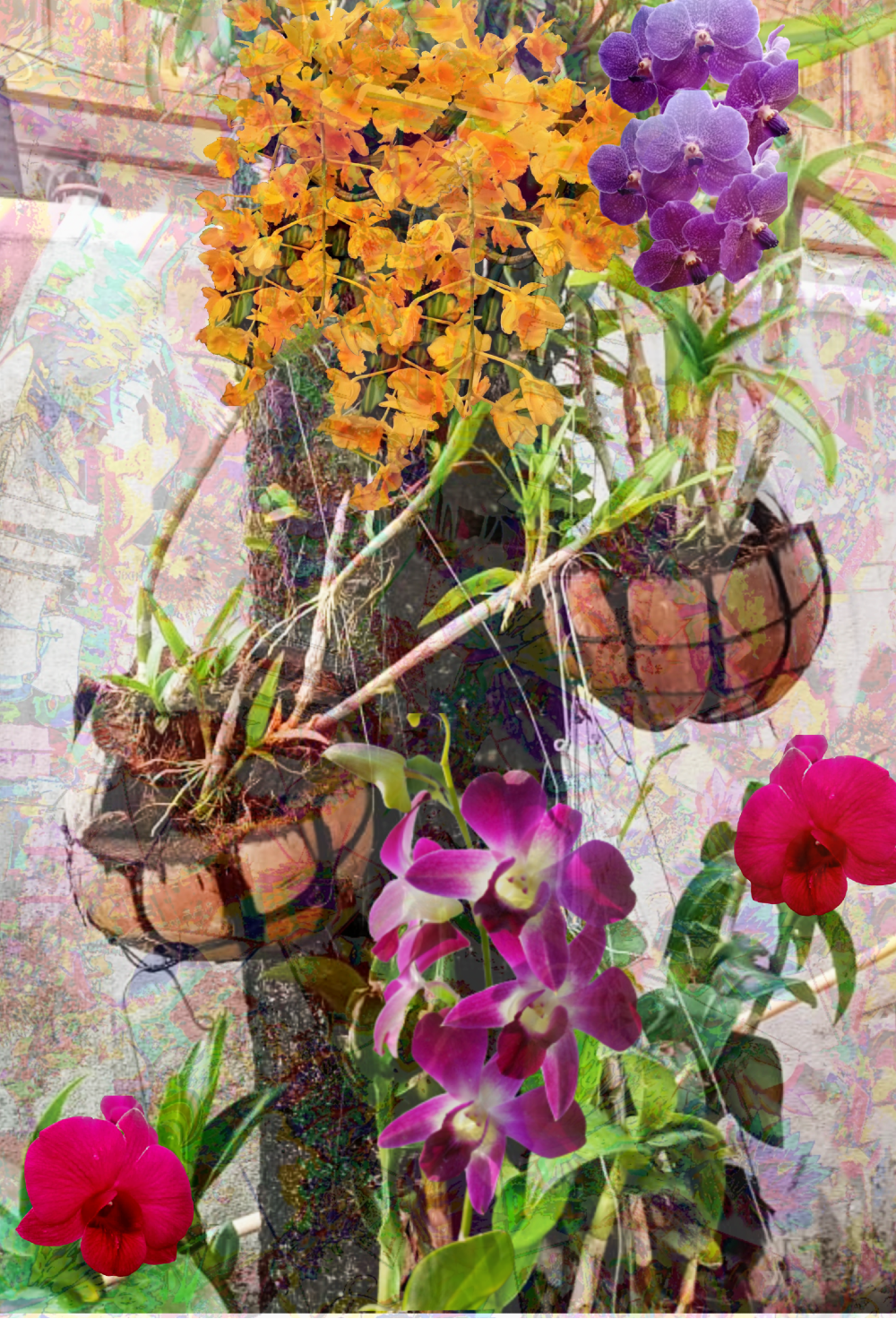How Long Do Orchids Last?
Orchid flowers, with their beguiling beauty, diverse colors and incredible array of shapes and forms, have always held a special place in the hearts of plant lovers. As a new orchid grower, you may wonder about how long do orchids last? Orchid flowers exhibit a remarkable range of lifespans, with some lasting a mere few days while others endure for several months. In this article, we embark on a fascinating journey through different orchid genera and species, exploring their unique blooming periods. We will delve into the flowering times of Phalaenopsis, Miltoniopsis, Cattleya, Paphiopedilum, Dendrobium, and Vanda orchids. Additionally, we will discuss their fertilizer and light requirements, as well as general care tips to help you nurture these captivating floral wonders. Join us as we unravel the mysteries behind the ephemeral beauty of orchid flowers.
Phalaenopsis: Enduring Elegance
Phalaenopsis orchids, also known as Moth Orchids, are very popular and are probably the easiest orchid for beginners to delve into the world of orchids. Their wide range of flowering colors captivate us with their graceful presence and prolonged blooming periods. These remarkable orchids typically display their beautiful flowers for an impressive two to three months. Their blooms often appear in shades of white, pink, purple, and various patterns, creating a stunning visual display. Phalaenopsis orchids thrive in moderate to bright indirect light, making them ideal for east or west-facing windows. When it comes to fertilization, they benefit from regular applications of a balanced orchid fertilizer during their active growth phase and a higher phosphorous flowering blend during their blooming period.
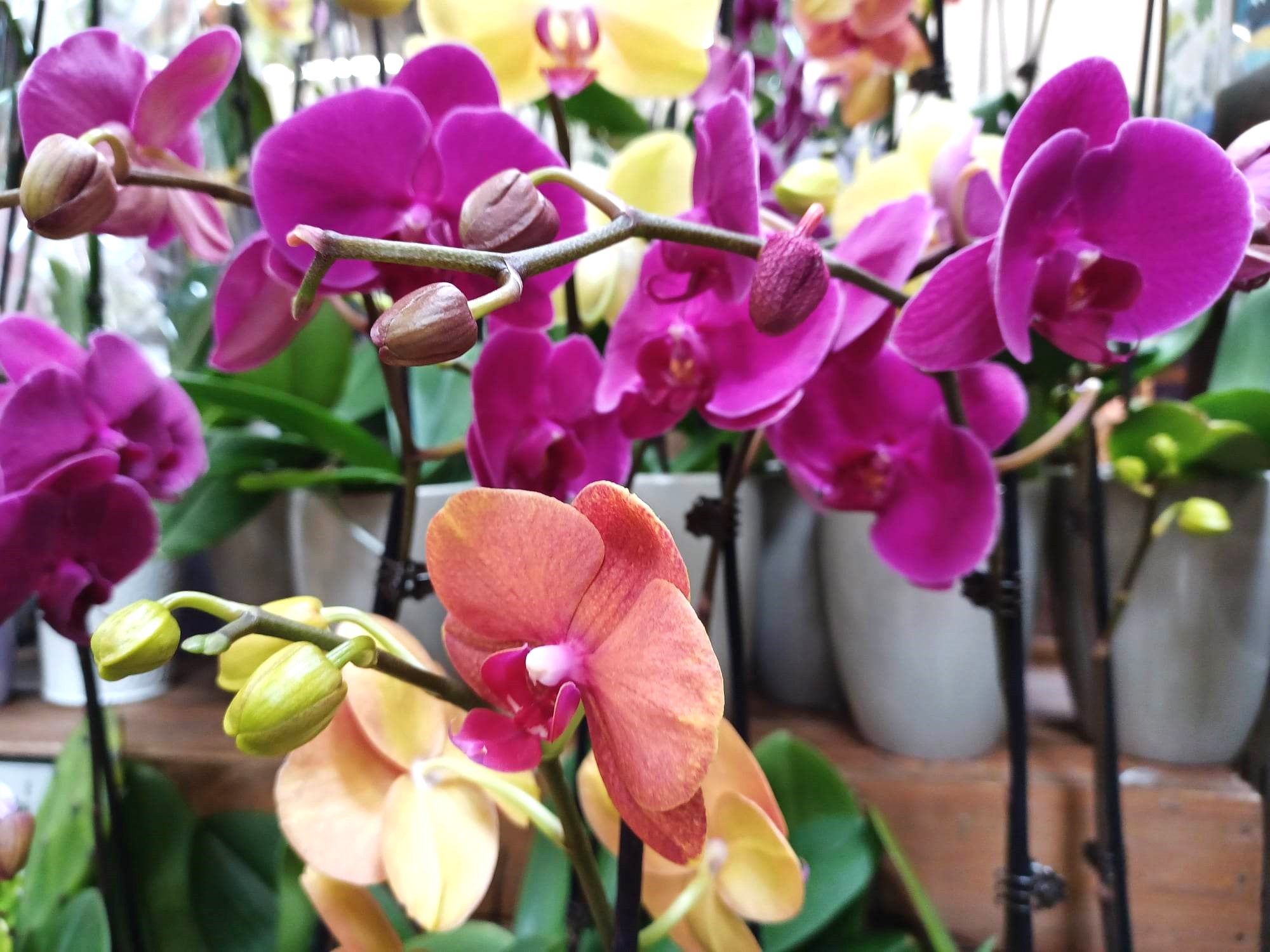
Miltoniopsis: Orchid Pansies
Miltoniopsis orchids, fondly called Pansy Orchids, exhibit pansy like flowers with vibrant colors and intricate patterns reminiscent of the Viola genus of flowers. These enchanting flowers grace us with their presence for approximately four to six weeks, enthralling orchid enthusiasts with their charm. Miltoniopsis orchids like similar light levels compared to Phalaenopsis, thriving in medium to bright indirect light. To ensure healthy growth and extended blooming, they appreciate regular feeding with a balanced orchid fertilizer during their active growth period.
Cattleya: Majestic Blooms in a Short Timeframe
Cattleya orchids, known for their large and showy flowers, offer a majestic but relatively shorter blooming period. Their blooms typically last for two to four weeks, showcasing a wide array of colors and fragrances. These captivating orchids thrive in bright indirect light, striking a balance between shade and sunlight. When it comes to fertilization, Cattleyas benefit from regular feeding with a high-phosphorus orchid fertilizer to support robust flower production.
Maintain a consistent fertilization routine for your orchids. If you're using fir bark as the potting medium, opt for a high-nitrogen fertilizer with a composition such as Jack's 30-10-10, or a similar ratio. Otherwise, a balanced fertilizer will suffice. During the active growth phase, provide fertilizer to your plants at least every two weeks. When they are not actively growing, a monthly application is adequate. Alternatively, you can apply fertilizer with each watering, using a quarter of the recommended dilution which is our preferred method. To prevent the accumulation of fertilizer salts, it is advisable to thoroughly flush the orchid's roots with clear water once a month.
Paphiopedilum: Slipper Orchids
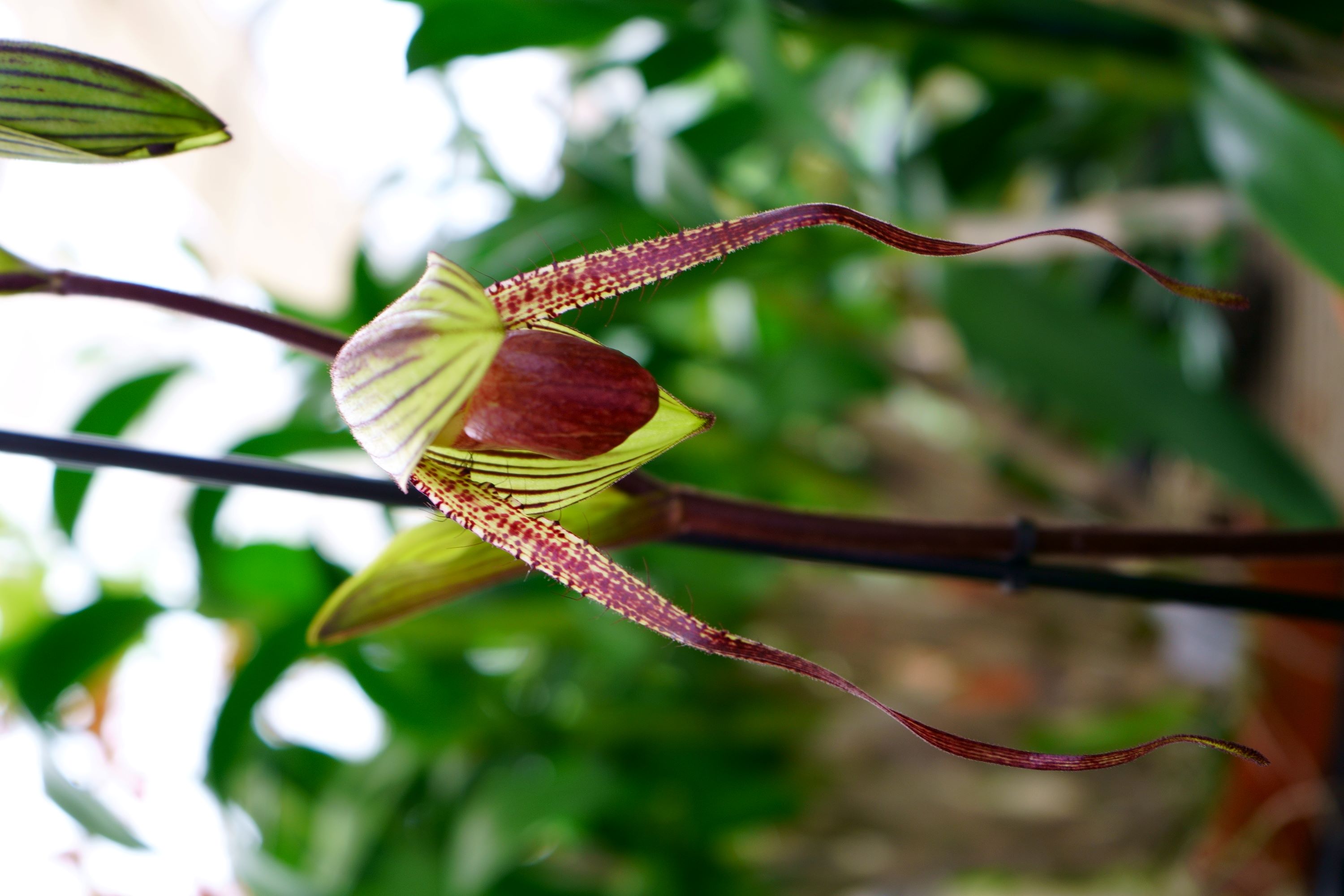
Paphiopedilum orchids, commonly known as Slipper Orchids, exhibit a distinct charm with their slipper-shaped flowers. These captivating and unusual flowers grace us with their presence for an impressive four to twelve weeks, offering an extended period of enjoyment. Paphiopedilum orchids prefer moderate to bright indirect light, avoiding direct sunlight. When it comes to fertilization, they benefit from regular applications of a balanced orchid fertilizer during their active growth phase.
Dendrobium: A Symphony of Blooms
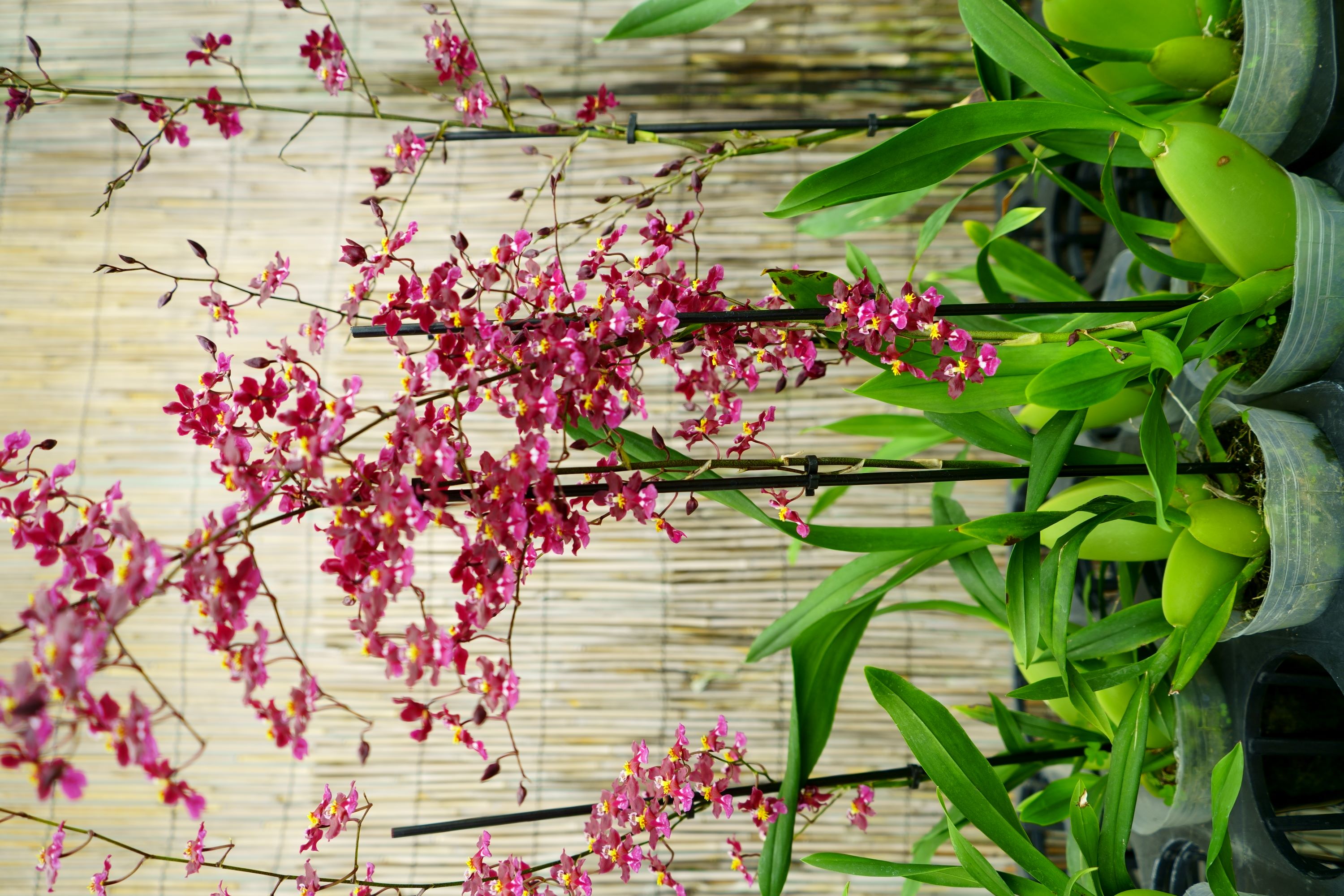
Dendrobium orchids present a captivating display of floral diversity, with varying blooming periods across different species. Some Dendrobiums bloom for just a few weeks, while others showcase their exquisite flowers for several months. These orchids generally prefer bright indirect light, although specific light requirements can vary between species. Fertilizing Dendrobium orchids with a balanced orchid fertilizer during the active growth period helps support their blooming cycle.
Vanda: A Dazzling Concerto of Colors, Scents and Elegance
Vanda orchids, renowned for their vivid colors and unique growth habits, dazzle us with their stunning blooms. While their flowering period is relatively brief, lasting for approximately two to three weeks, their vibrant hues make a striking impact. Vandas like very bright indirect light and can even tolerate some direct sunlight (early morning or late afternoon sunlight), making them ideal candidates for well-lit areas. Regular feeding with a balanced orchid fertilizer supports their overall health and encourages a healthy growth and blooming cycle.
General Care Tips for Orchids:
While each orchid genus and species may have specific care requirements, several general guidelines can help ensure the well-being and extended blooming of these exquisite plants:
Light Requirements:
Most orchids thrive in bright indirect light, avoiding direct sunlight that may damage their foliage. However, the specific light preferences can vary between orchid genera and species. For instance, Phalaenopsis can tolerate somewhat lower levels of light, while Vanda or Cattleya require very bright, but indirect light. The main thing with all orchids is to keep them out of direct hot sunlight. An east or west facing window that receives very early morning or very late afternoon direct sunlight is fine for most orchids, but hot sun will damage your orchids. Other windows can work but you may have to manipulate the light that your orchids receive with blinds, window shades or perhaps utilize the natural shade of an outdoor tree or bush. You can always supplement with artificial light if you cannot find a perfect window location for your orchids.
Fertilizer:
Regular fertilization during the active growth phase is crucial for orchids. Choose a balanced orchid fertilizer and follow the manufacturer's instructions to provide essential nutrients for healthy growth and prolonged blooming. The terms fertilizing and watering are often used synonymously. Most orchid fertilizer brands will suggest fertilizing on a monthly basis. We like to fertilize with a weaker solution of fertilizer on a weekly basis. If you decide to fertilize on a weekly basis, use one quarter of the suggested dose of fertilizer as is recommended for a monthly feeding. For more information on fertilizing orchids follow the navigation links at the top of the page or click here.
Watering:
As noted previously, the terms watering and fertilizing are often interchangeable and meant to be synonymous. An often-overlooked aspect and worthy of mentioning is the type of water used to water your orchids. You will have the most success with saved rainwater, distilled water or reverse osmosis water. These types of water will distribute the components of fertilizer to your orchids better as hard water can build up on your roots and in the potting medium over time and prevent ideal absorption of nutrients. I personally use the Apec Reverse Osmosis water filter and love drinking the pure filtered water and my orchids love it as well.
Orchids generally prefer a well-draining potting medium and a balanced moisture level. Water them thoroughly when the top inch of the potting mix feels dry, but avoid overwatering, as it can lead to root rot. Follow the links in the navigation at the top of the page for more information on watering.
Temperature and Humidity:
Orchids have specific temperature and humidity preferences. Provide them with suitable temperature ranges and moderate to high humidity levels, depending on the orchid species. Orchids, as they typically originate from tropical regions generally prefer a range of daytime temperatures that range between 70° and 90° Fahrenheit (20°-30° Celsius). Many orchid genera and species also like moderate to high levels of humidity. This can be achieved simply by placing a bowl of water or a humidifier in the orchid growing room.
Air Circulation:
Many orchids in cultivation are either epiphytes or lithophytes meaning that they do not grow in soil and are often referred to as air plants. Therefore, good air circulation is vital for orchids to prevent the buildup of moisture and the growth of fungal diseases. Ensure adequate ventilation around the plants, especially in humid environments. It is vital to strike the right balance between providing humidity and ensuring that at the same time that they receive adequate ventilation.
How Long Do Orchids Last?
The answer to the question of how long do orchids last is that the world of orchids is a captivating symphony of beauty, with each genus and species offering a unique experience. From the enduring elegance of Phalaenopsis to the majestic but fleeting beauty of Cattleya and the vibrant but brief spectacles of Vanda, orchids never fail to mesmerize. By understanding their blooming periods, light and fertilizer requirements, and general care guidelines, you can embark on a rewarding journey of nurturing these botanical masterpieces. So, let the enchanting floral symphony of orchids flourish in your care, delighting you with their breathtaking blooms for years to come.

